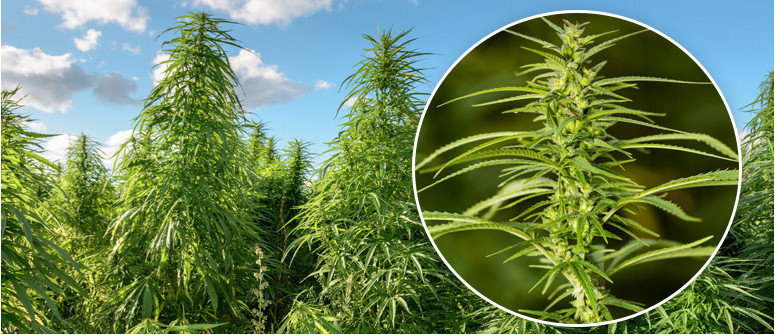What is cannabis sativa?

Sativa strains can reach very high THC levels. Many sativa strains are associated with euphoria, energetic states of mind and a psychological “buzz”.
Cannabis sativa is an annual herbaceous plant belonging to the cannabaceae family. The species was first classified by Swedish botanist Carl Linnaeus in 1753 and is believed to have descended from a common cannabis ancestor that originated in central Asia before splitting into the distinct gene pools of sativa and indica.
Sativa strains are well known throughout the world today as a medicinal and recreational species that distributes an energetic and uplifting psychoactive state in comparison to other subspecies.
Cannabis sativa strains are associated with longer growing time frames that ultimately put out very large yields. Because pure sativa strains do not contain autoflowering genetics, a change in the photoperiod is required to force these girls into their lengthy flowering period.
HOW DOES CANNABIS SATIVA LOOK
One distinct factor that lends to easy identification between sativa and other subspecies is its majestically tall and somewhat lanky stature. Sativa marijuana plants sport loosely packed branches and lengthy, slender leaves.
These giants are usually grown outdoors and are genetically suited to this environment, as they have the potential to push up to sizes of 20 feet in height if environmental factors allow such a phenotype to emerge.
Sativa plants have adapted to continue growing as they flower. This is a result of originating from equatorial regions where the gene pool was exposed to an almost unchanging annual amount of light, around 16 hours daily. This growth pattern causes the plants to vertically erupt into a tower of fuller and harder buds compared to other subspecies, producing large yields.
AN INDUSTRIAL POWERHOUSE
Cannabis sativa’s genetic disposition is the reason why it has been used industrially for tens of thousands of years. Its mammoth size results in large and long stalks and stems which can be processed into all manner of civilisation-propelling products: paper, clothing, textiles, bio-fuel, eco-friendly plastics and building materials.
Many modern sativa strains cultivated for recreational and medicinal uses are relatively high in the psychoactive cannabinoid THC. However industrial cannabis sativa is extremely low in this compound. Partly because selective breeding for industrial use is oriented more around the plant's structure than the size and quality of its buds.
Another reason is due to the illegal classification of cannabis around the world, meaning regulations are in place that usually require industrial crops to harbour less than 0.03% of THC.
EFFECT (HIGH) OF CANNABIS SATIVA
Modern, selectively bred sativa strains can reach very high THC levels. Many of these strains are associated with euphoria, energetic states of mind and a psychological “buzz”.
Many partakers in the herb make the distinction that the sativa high is preferable to experience in the daytime as its energetic association increases alertness and creativity, allowing the user to remain functional during daily tasks and responsibilities.
This uplifting characteristic may also have a place in the medicinal domain in treating an array of psychological ailments such as depression, anxiety and chronic stress.
.jpg)
.jpg)

.jpg)
